But it might help to know that math education in today’s schools is vastly more complicated than it was for previous generations, as a result of Common Core standards that call for students to have a deeper understanding of the topic and how to solve problems.
Adults might also have a clearer understanding by trying their hand at typical math test questions for Wisconsin students. Could you pass the standardized math test the state gives kids?
Take a stab at it with these sample standardized math tests that the Wisconsin Department of Public Instructions publishes for third- and eighth-graders — then read below for more about today’s current standards and goals for students.
Take the quiz: Third-grade sample math Forward exam questions
Take the quiz: Eighth-grade sample math Forward exam questions.
How schools teach math, among other subjects, has changed because of the state’s adoption of nationwide Common Core State Standards almost a decade ago, said Mary Mooney, mathematics consultant with the state.
Mary Mooney, mathematics consultant with the state.
The sample tests highlight key standards and principles the state aims to teach through its Common Core guidelines that school districts adopt and develop curriculum around.
RELATED: Wisconsin student test scores see slight decline in both math and reading, new data show
A defining aspect of Common Core math appears in its emphasis on fewer topics that it spends more time on in greater detail. The goal is to build logical, consistent steps that bridge different math concepts together throughout a student’s primary and secondary education, Mooney said.
Critics of Common Core say the standards eliminate local control, limit the customizing of education to specific children and place too much importance on standardized testing.
Data released from the state this year indicated that students statewide broke a three-year  trend of improving in math proficiency. Math test scores of Wisconsin students saw a small decrease during the 2018-2019 from 42% to 40% proficient. State officials told the Milwaukee Journal Sentinel after the release of the annual numbers that the drop stems in part from Wisconsin having higher math standards than most other states and the inclusion of the ACT Aspire exam in calculating math proficiency last year.
trend of improving in math proficiency. Math test scores of Wisconsin students saw a small decrease during the 2018-2019 from 42% to 40% proficient. State officials told the Milwaukee Journal Sentinel after the release of the annual numbers that the drop stems in part from Wisconsin having higher math standards than most other states and the inclusion of the ACT Aspire exam in calculating math proficiency last year.
Educators and the state policymakers who adopted Common Core standards want students to have an understanding of math that’s built on three cornerstones — knowing why a mathematical concept is important and when to use it, knowing when to apply certain math strategies, and being able to apply math skills. Outside the classroom, someone who successfully learns these ought to be able to solve problems in a step-by-step manner.
In some cases, this focus translates to word problems that may make some parents’ heads spin or that ask children to figure out the difference between two problems using a number line instead of focusing on memorizing multiplication tables and solving for “x.”
Mooney said an obstacle in implementing the standards comes from figuring out how to overcome conventional wisdom about how people learn and talk and think about math.
RELATED: Wisconsin student test scores see slight decline in both math and reading, new data show
RELATED: Common Core 101: A primer to separate education fact from fiction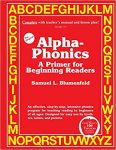
RELATED: Fewer than half of Wisconsin students are proficient in math and reading, new test scores show
There is more to this article. To read full article click HERE
Contact reporter Alan Hovorka at 715-345-2252 or ahovorka [at] gannett [dot] com. Follow him on Twitter at @ajhovorka.
The Publishers of ALPHA-PHONICS hope this article will be helpful to Parents. A resource that has also been helpful to Parents for over 36 years is ALPHA-PHONICS, a complete phonics reading instruction program. It is easy to teach, is always very successful and is very reasonably priced. Learn about it below:


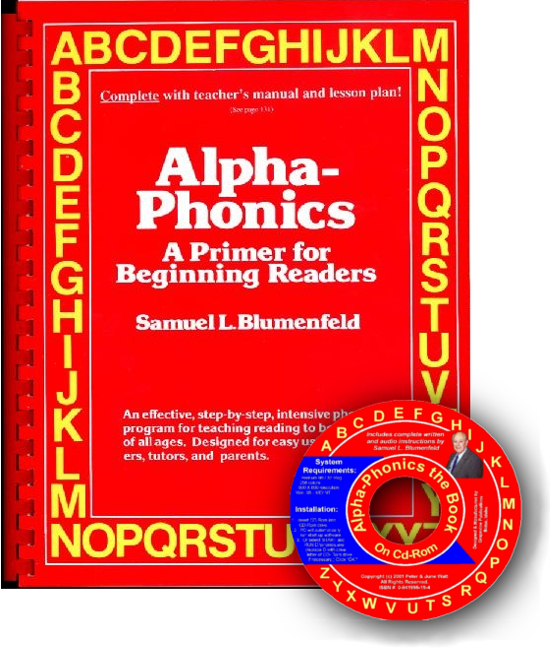 Alpha-Phonics
Alpha-Phonics The Alphabet Song!
The Alphabet Song! Water on the Floor
Water on the Floor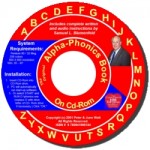 Alpha-Phonics the Book on CD Rom
Alpha-Phonics the Book on CD Rom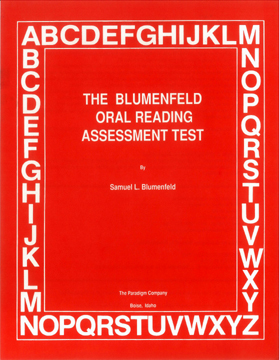 Blumenfeld Oral Reading Assessment Test
Blumenfeld Oral Reading Assessment Test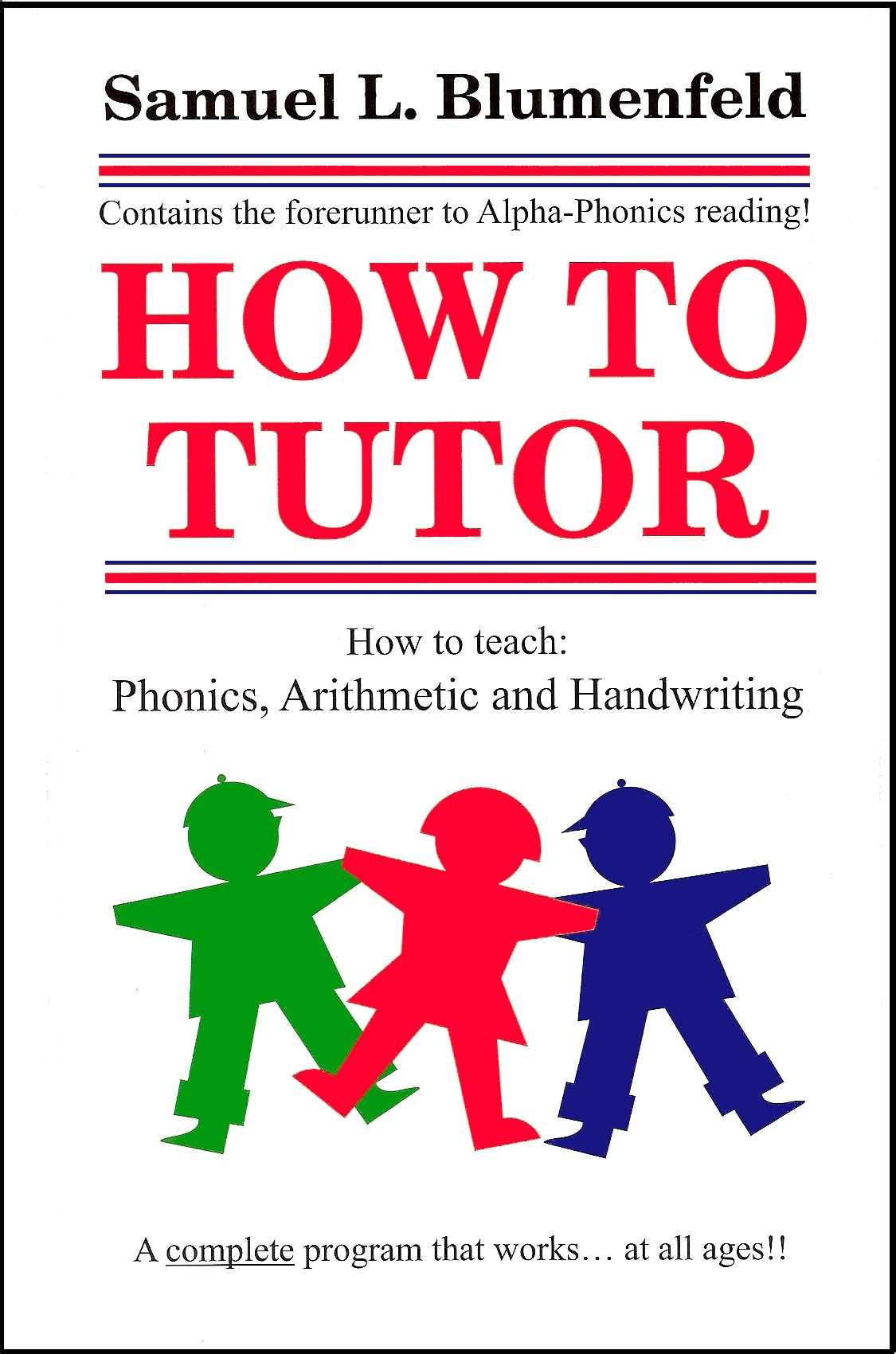 How To Tutor
How To Tutor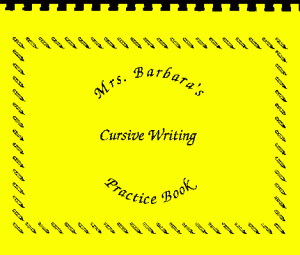 How To Tutor Cursive Handwriting Workbook
How To Tutor Cursive Handwriting Workbook